Quick Overview
“Cold sores” are herpes simplex virus 1 (HSV-1)
Cold Sores can’t be cured but the severity of symptoms and the length of time you have a cold sore (HSV-1) outbreak can be minimized by taking a prescription medication
The anti-viral, prescription medications used to treat cold sores (HSV-1) need to be taken as fast as possible
What is Herpes Simplex Virus Type 1?
If you have what appear to be cold sores on or around your mouth, there is a strong chance that you have herpes simplex virus type 1 (HSV-1).
There are two main types of herpes, both of which are viral infections. The classification of herpes is typically determined by the part of the body where the symptoms occur.
Herpes simplex virus type 1
(HSV-1)
also commonly referred to as “cold sores” or “fever blisters”, is usually found on or around the mouth (but can also be occasionally located the genitals).
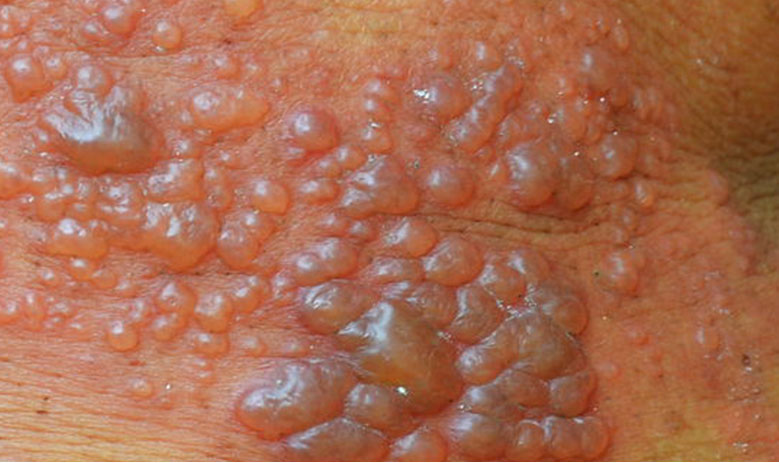
Both HSV-1 and HSV-2 are treatable, but they are not curable. They are considered lifelong infections because the virus never leaves the nerve cells. Symptoms can recur often or sporadically depending on the person, and in some cases, remain dormant for years
In this article, we will focus on the symptoms and treatment of HSV-1. Our goal is to help you recognize whether you have contracted the virus so that you can take the appropriate next step of seeking HSV-1 treatment.
HSV-1 on the lips is commonly referred to as “cold sores” or “fever blisters,” but don’t let these names fool you - clinically, it’s still herpes and requires HSV-1 treatment prescribed by a doctor if you want to minimize the outbreak.
ABOUT HSV-1

If you recently noticed one sore or a cluster of sores somewhere on your face, it is possible that you are at the beginning of an HSV-1 outbreak. If you’re at this stage, the good news is there is still time to act and speed up the healing process. Some people mistakenly think they have canker sores, an ingrown hair, irritation from shaving, an allergic reaction to make-up or lipstick, or a small acne breakout.
The size of a herpes blister is usually 1 to 3 millimeters and almost always surfaces in or around the mouth. It is also referred to as orolabial, oral-labial or oral-facial herpes. Oral herpes presents as blisters and open sores (sometimes called ulcers) around the mouth.
Herpes typically starts as one or more pink or red, fluid-filled blisters, which can be itchy and sometimes quite painful. Days later the blisters break open and drain, leaving exposed, moist sores. Later they crust over as they begin the healing process. It can take two to three weeks for HSV-1 to resolve, but that time can be significantly reduced by taking a medication specifically prescribed for herpes.
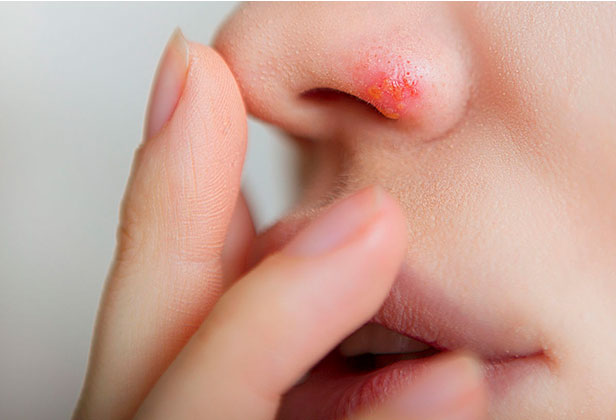
Many people who have experienced HSV-1 in the past can feel a herpes outbreak right before it is about to occur. Patients report feeling a burning, tingling, or itching sensation around the area of infection a day or two prior to the symptoms becoming visible. For those new to the herpes virus, the first outbreak usually comes as a surprise and is only discovered after the blisters have begun to form.
In addition to cold sores, oral herpes may be accompanied by a fever, muscle pains, headache, or enlarged lymph nodes.
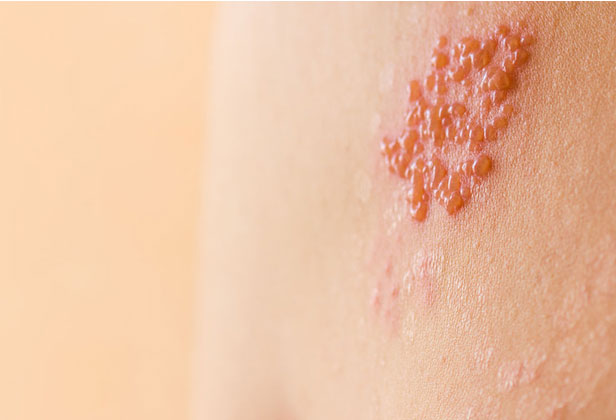
HSV-1 is primarily transmitted orally, or through skin-to-skin contact through an active lesion or bodily fluid exchange with someone who has the infection. It can make its way through miniscule breaks in the skin or via mucous membranes in the mouth. You can end up with herpes from kissing someone or just drinking from the same glass. It’s highly contagious, so it’s very easy to get without realizing you’ve put yourself at risk.
HSV-1 can be contracted from oral-to-genital as well, and once on the genitals is considered HSV-2.
Many people get HSV-1 as children and in these cases, the infected blisters are often referred to as cold sores because there’s less stigma associated with the term. However, they are still HSV-1 and can be spread to others just as easily.
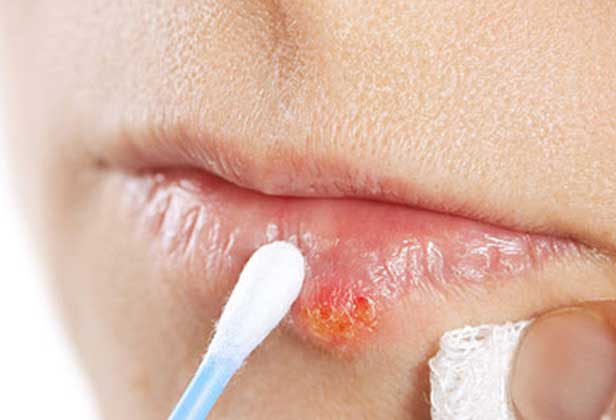
HSV-1 symptoms tend to appear somewhere between 2 and 20 days after a person has been exposed to someone with the virus.
The majority of people with the HSV-1 infection don’t know they have it. That’s because the infection can remain dormant for decades.
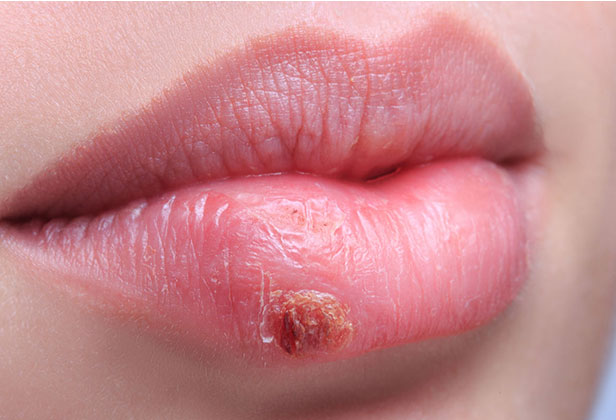
Herpes can be contagious even when you cannot see it. It is spread by direct contact with body fluids or exposure to the sores of an infected individual. There is no vaccination for herpes, and it can be easily transmitted so carriers of the virus must be careful not to infect their partners. All types of herpes including HSV-1 are most contagious during an outbreak, but the infection can also be contracted when no symptoms are present.
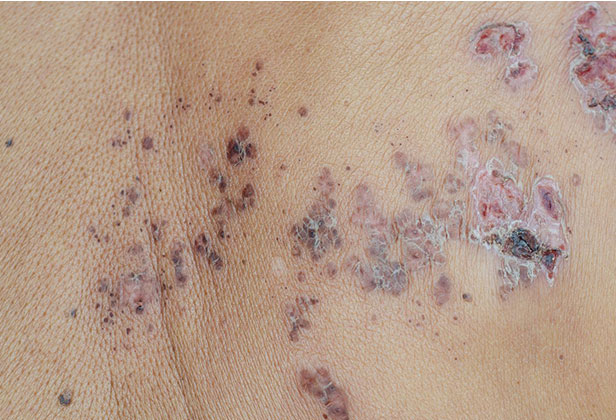
Although there are no hard and fast rules for when someone with HSV-1 will present symptoms, there are some events that may induce an outbreak. They include:
- A weakened immune system
- Increased stress
- The flu, a cold (hence the name “cold sore”) or a fever (hence the name “fever blister”)
- Prolonged sun exposure or a sunburn (hence a “sun blister”)
- Menstrual periods
- Surgery or trauma (emotional or physical)
- Friction in the area (kissing or close shaving)
- No real discernable reason at all
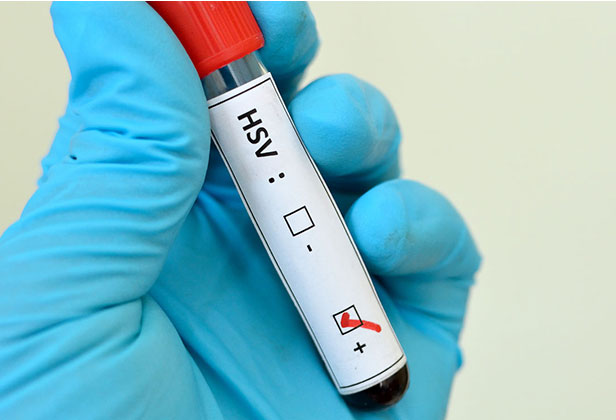
HSV-1 is usually diagnosed by visual observation of the symptoms by a physician. When in doubt, a doctor may take a viral culture or a sample of the fluid from the blisters in order to determine whether there is herpes DNA present. However, for most doctors, a herpes outbreak is fairly easy to identify due to the unmistakable physical characteristics of the infection.

Although herpes will heal on its own without treatment, most people (especially those with active dating lives) are interested in reducing the scope and timeline of an outbreak. There are several medications that can help herpes heal faster, reducing the duration of symptoms from several weeks to only a few days.
The most effective medications for treating herpes are Acyclovir, Famciclovir, and Valacyclovir. These are not available over-the-counter. They must be prescribed by a doctor and taken as soon as symptoms appear, preferably within 12 to 24 hours. Besides reducing the duration of the outbreak, they can also help prevent giving the virus to others.
To deal with the painful burning or itching caused by herpes, an antiviral cream can be prescribed. However, only an oral pill prescribed by a doctor can drastically trim down the healing time.
There are medications that don’t require a prescription that claim they help alleviate the symptoms of herpes, but they have never been proven to work despite what the manufacturer may tell you on the label or in their marketing.

After initial infection, herpes blisters can come back. The frequency of recurrences varies from person to person and ranges from barely ever, to multiple times a year. Some people may only have an outbreak once in their lives, although they still carry the virus.
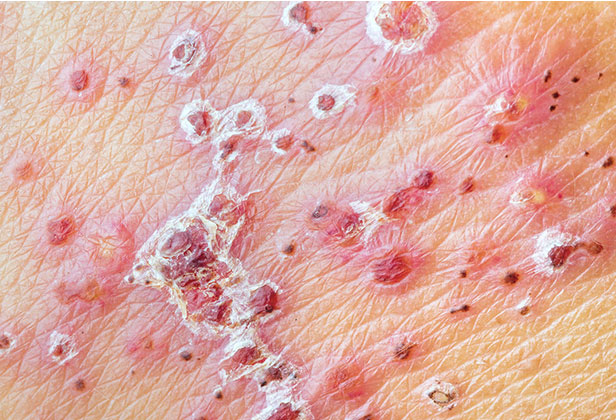
Herpes is not generally life-threatening. It tends to be more inconvenient than anything, and can unexpectedly put a damper on your relationship or social life. Rarely, herpes is very dangerous as the virus can infect and damage the eye, known as herpes keratitis, or it can invade the central nervous system and cause damage to the brain, called herpes encephalitis. It is also possible, for a mother to infect her newborn baby, referred to as neonatal herpes simplex, another serious condition.
